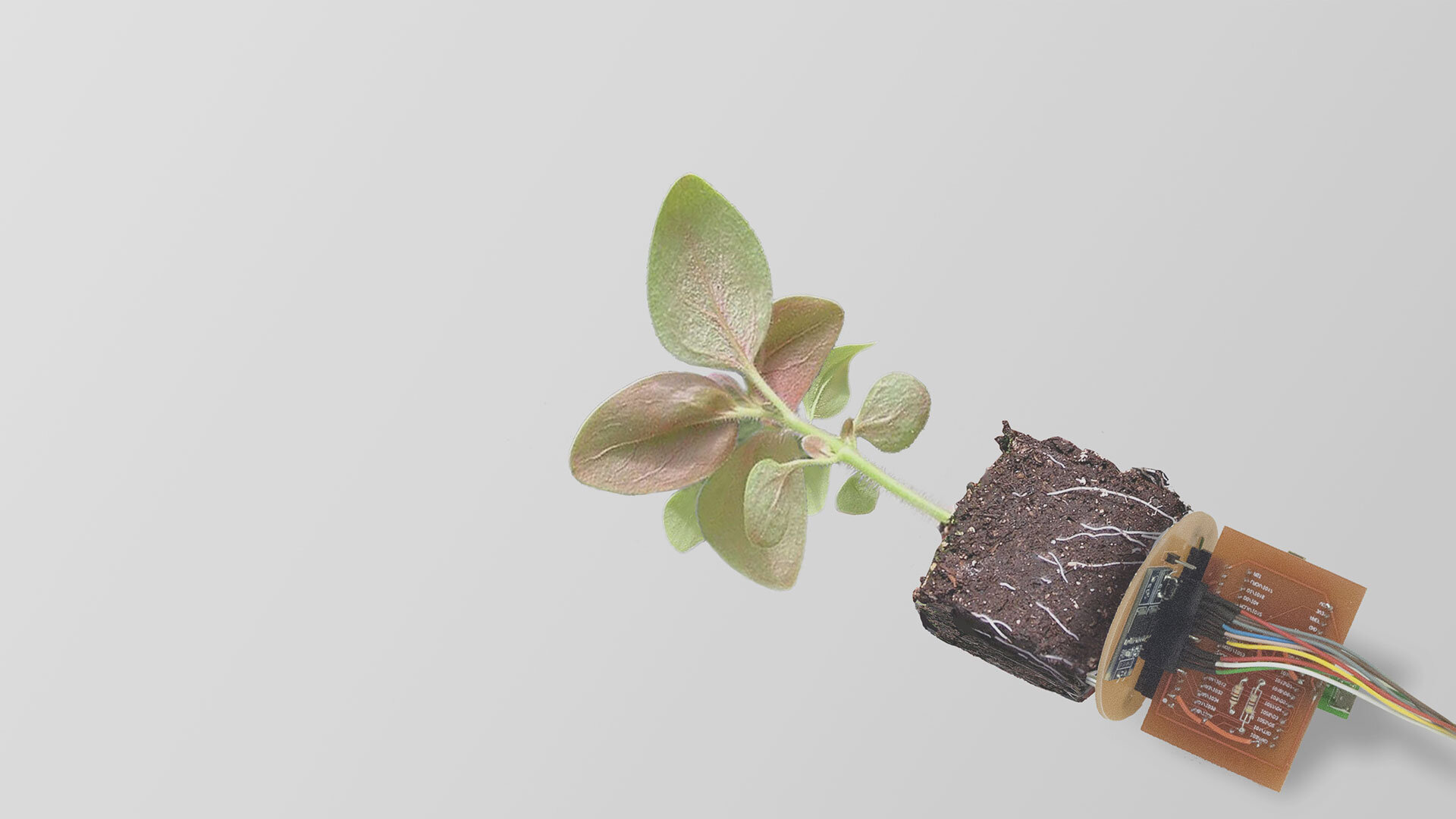
Product to Market to Nature Fit
Hooman, the founder and CEO of CREO had a vision for his company – to find a way to eradicate the false distinction between the built environment and nature.
He had some existing products, culminating in a modern green wall which was beautifully designed, but they were struggling to stand out in a ‘sea’ of existing hydroponic products. So we identified the main weakness in existing hydroponic technology:
A, that it contaminated the water supply both inbound and outbound with Macro and Micro nutrients rendering used water a hazardous material.
B, that existing solutions were dependent on massive quantities of clean water, a resource which is becoming increasingly scarce. The F.A.O. citing: ‘Water use has been growing at more than twice the rate of population increase in the last century.’ and ‘By 2025 1800 Million people will be living in countries with absolute water scarcity.’
In order to have a differentiated product we needed to create a system that used water with precision. A system that would render the water supply safe and uncontaminated.
But to get to Product to Market fit, it can’t just be a better product, it has to be something that people would be willing to pay for. What would people pay for, what created unimaginable value?
The solution came from realizing that seed companies currently spend millions of dollars developing seeds that will grow well in all kinds of natural environments. A hydroponic system which understood nature could be used as an R&D laboratory for seed companies to create an ‘Index of Growth’ of all species.
The product wasn’t hardware. The hardware enabled the real product, a product that people would pay for, data.
‘Darwin’, our first prototype ‘BioBulb’ was born. We created ‘BioBulb’ as a closed loop growth system, where the plant is not only connected to sensors measuring moisture, acidity and light, but also observed by machine vision, analyzed by machine learning to build an Index of Growth. An algorithm then controls moisture, acidity, light and the levels of Micro and Macro nutrient through a system which is close to a microprocessor – fluid gates that turn on and off nutrient, light and water in very precise measurable amounts.
This method of Direct Infusion and Sensing created the necessary IP. We then mapped the IP across a series of product expansions. BioBulb a stand alone closed loop system. BioBrick, a scalable building material. BioPlug a utility which came together ultimately as a BioNetwork.
Once Darwin was producing data, the last part of the puzzle was to design a system for adding nutrients to a moving water stream. We leveraged an adjacent technology, ink jet printing, to print nutrient into a moving stream of water in very precise amounts. This meant that no nutrients were added to the water reservoir – meaning that many species of plants could be controlled by a single system, each plant only needing a cartridge of nutrient specific to its own needs.
This project enabled us to understand that nature is really an instructional system. That is to say that Nature teaches freely what works and what doesn’t. Mapping nature as a replicable system not only means that it’s possible to recreate ‘natures’ within buildings, but also grow plants within arid environments, within refrigerators, below ground or on other planets.
The final product, the Index of Growth, can support the world in which we live and the other worlds we wish to inhabit.
Team:
Hooman Koliji, PhD – Founder & CEO
Marc Shillum – Product Strategy, New Product Development
Michael Cooper – Business Strategy
Yildirim Yazganarikan – Product Design



















